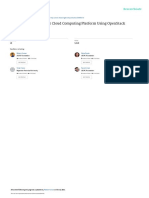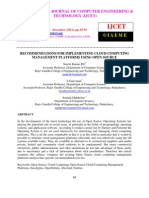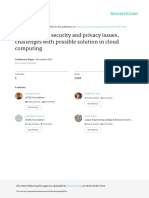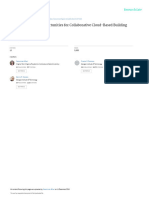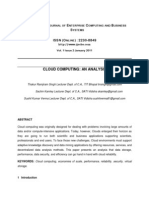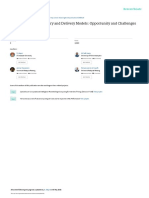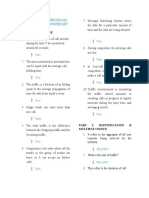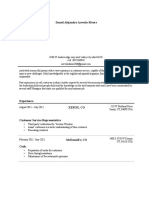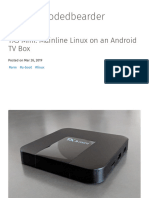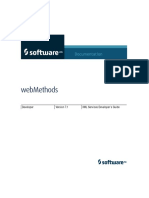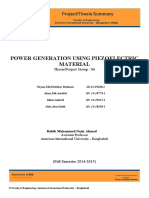0% found this document useful (0 votes)
78 views6 pagesOpenNebula: IaaS Cloud Platform Guide
This document discusses OpenNebula, an open-source cloud computing software platform. It provides a concise overview of OpenNebula, including its key features such as flexibility, scalability, and support for multiple hypervisors. The document also summarizes OpenNebula's architecture, describing its main components including the frontend, hosts, and datastores. Finally, some of the benefits of using OpenNebula are highlighted, such as being open-source, platform independent, and extensible.
Uploaded by
Doris MarcaCopyright
© © All Rights Reserved
We take content rights seriously. If you suspect this is your content, claim it here.
Available Formats
Download as PDF, TXT or read online on Scribd
0% found this document useful (0 votes)
78 views6 pagesOpenNebula: IaaS Cloud Platform Guide
This document discusses OpenNebula, an open-source cloud computing software platform. It provides a concise overview of OpenNebula, including its key features such as flexibility, scalability, and support for multiple hypervisors. The document also summarizes OpenNebula's architecture, describing its main components including the frontend, hosts, and datastores. Finally, some of the benefits of using OpenNebula are highlighted, such as being open-source, platform independent, and extensible.
Uploaded by
Doris MarcaCopyright
© © All Rights Reserved
We take content rights seriously. If you suspect this is your content, claim it here.
Available Formats
Download as PDF, TXT or read online on Scribd
/ 6



